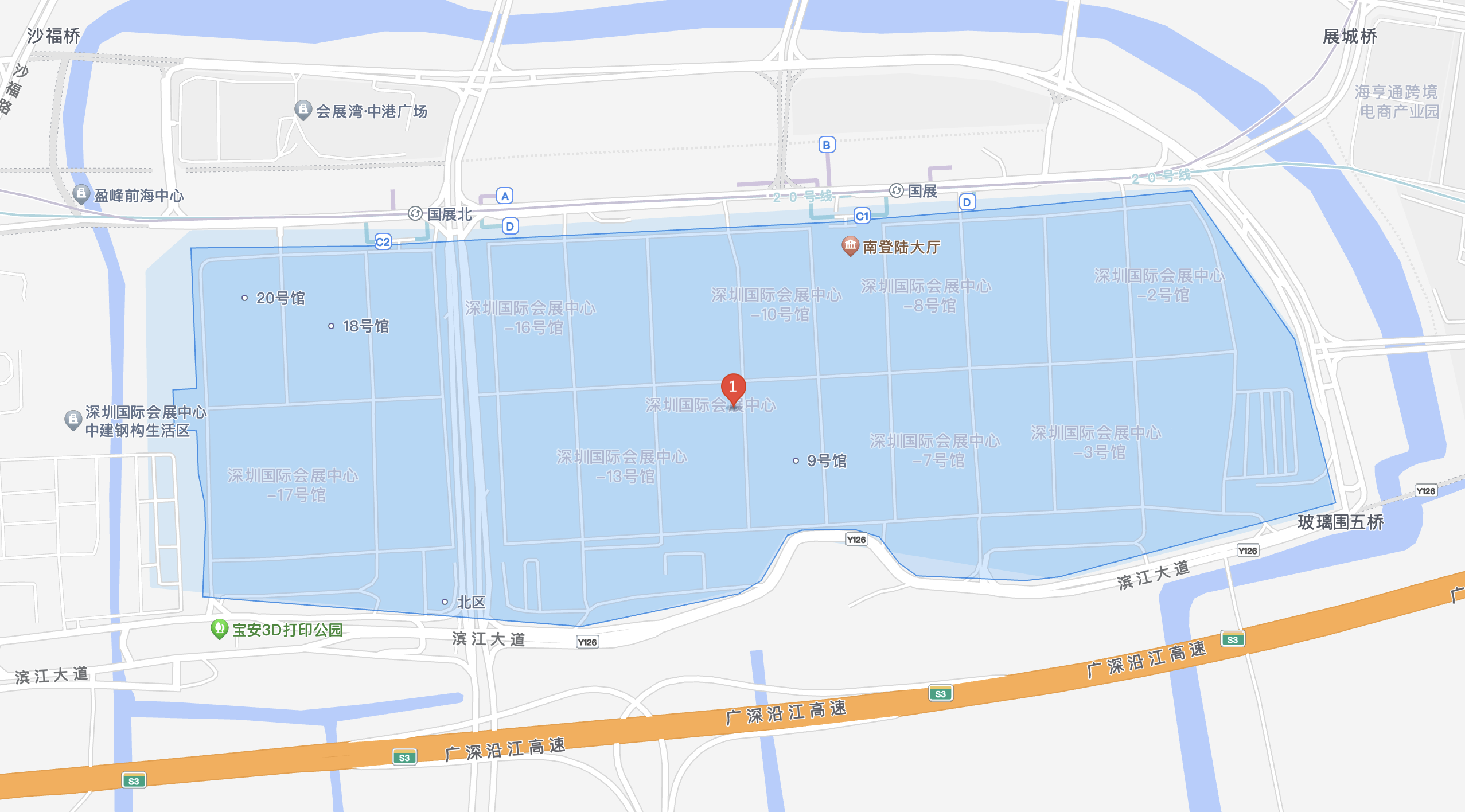The U.S. Department of Agriculture’s (USDA) Animal and Plant Health Inspection Service (APHIS) announced new regulations for cattle tagging requiring the use of electronic (EID) ear tags. The rule is expected to be published in the Federal Register in May and take effect 180 days after publication. Currently, the only approved electronic official identification tags are RFID tags.
The rule was developed years ago by the USDA as a solution to improve traceability of dairy and beef cattle to prevent livestock disease outbreaks. According to USDA officials, the agency is working to implement a traceability system that will track and identify animals from birth to slaughter.
The regulations that will take effect target unneutered cattle and bison ages 18 months and older, all dairy cattle, and any cattle or bison used for Rodeo or recreational activities.
Reduce disruptive processes
Traditional animal identification requires users to visually read a printed number on a metal ear tag. Metal tags require manual data entry, increasing the likelihood of transcription errors.
According to the USDA, the manual data entry process can also interfere with normal herd operations, increase stress for animal handlers, and increase the risk of injury to animals and handlers.

USDA officials claim that EID ear tags enable faster and more accurate animal identification data collection. One advantage is that veterinarians are able to obtain information more efficiently, with less disruption to the animals or the herd as a whole, and thus less impact on producers and communities.
Tens of millions of cattle to be tagged
Currently, the total number of cattle and bison in the United States fluctuates between 85 million and 100 million annually, including some bison and cattle that move across state lines but are exempt from official identification requirements.
Under the new regulations, all cattle within specified types and age categories will need an ear tag with a visual identification mark and an electronic RFID chip. If a cow has been officially tagged with a visual-only identification mark before the effective date of the regulation, the producer is not required to re-tag the animal with an electronically readable tag.
All official visual identification-only tags affixed to cattle and bison prior to the effective date of the regulations will be considered official identification tags for the life of the animal.
LF and UHF RFID for livestock management
Devices approved for EID include 134.2 kHz LF RFID tags that comply with the 11784 and 11785 ISO standards, or UHF RFID tags. APHIS has been providing identification tags to authorities for many years. Beginning in 2020, it will provide up to eight million LF RFID tags annually to state animal health officials for monitoring cattle and bison in their states.
APHIS does not recommend specific label vendors, but label companies can submit specific products to APHIS that are coded with an official 15-digit ID number starting with “840,” which is the ISO country code for the United States, for approval. The agency maintains a list of approved label vendors.
Where and how RFID cattle tags are read varies depending on the specific needs of production practices. These practices include how producers market their animals and maintain their records. In some cases, foreign beef producers have incorporated RFID tag reading into their own records management and production practices.
Additionally, APHIS reports that veterinarians are already using RFID in some cases. Most certified veterinarians work for private veterinary businesses or private practices, not the USDA. However, some veterinarians are able to use the collected RFID data to upload and track animal health information, which can be managed and accessed by the USDA.
This paper is from Ulink Media, Shenzhen, China, the organizer of IOTE EXPO (IoT Expo in China)
Join us at August 28–30 in Shenzhen, and let’s shape the future of technology together!
To register IOTE 2024 Shenzhen station:
https://eng.iotexpo.com.cn/sz/Visitors.html?lang=EN&source=YJ1






